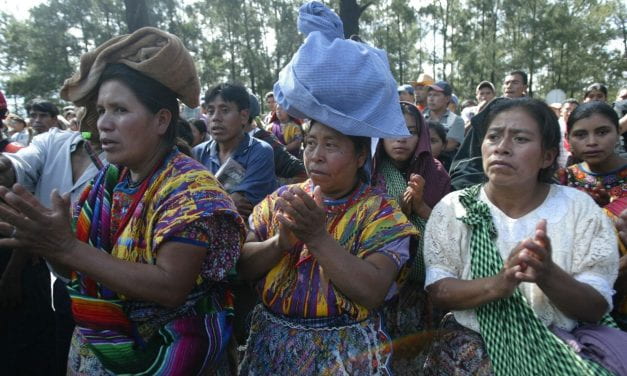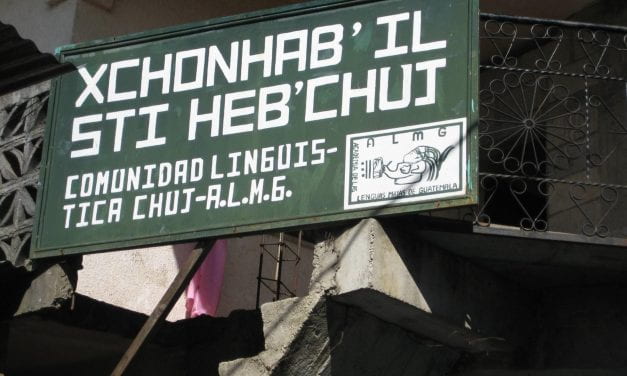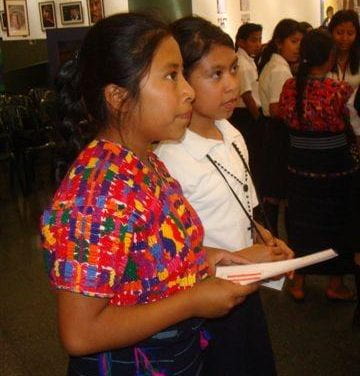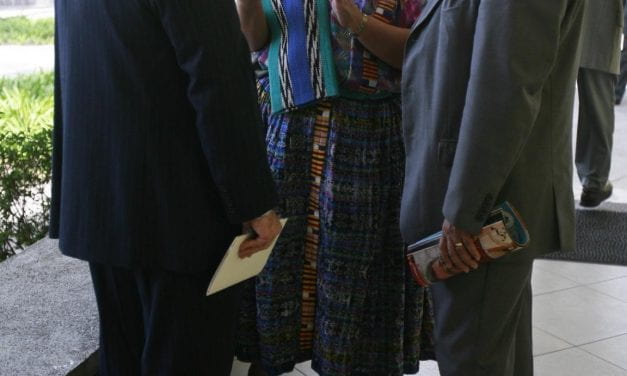Revitalizing Mayan Textiles
English + Español
What satisfaction could be greater than the joy of sharing the completion of one’s first weaving? None! This pleasure is even greater when the weaver is a young boy or girl, facing for the first time the challenge of…






